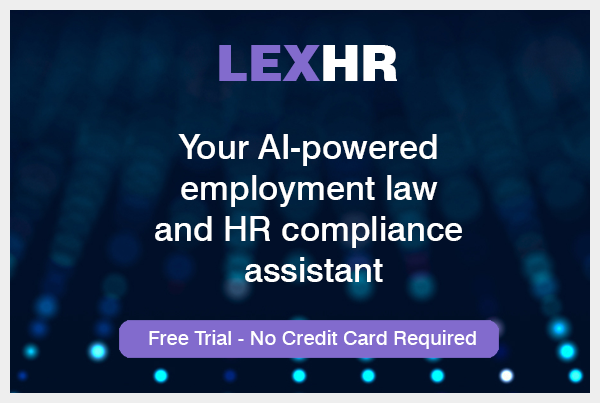As artificial intelligence tools become increasingly embedded in HR decision-making - from performance reviews to promotions and policy enforcement - HR professionals are faced with a growing challenge: how to harness the efficiencies of AI while safeguarding fairness, transparency, and compliance with employment law.
AI doesn’t sit outside the legal framework - if anything, it intensifies the scrutiny. A failure to manage the risks of AI use in the workplace can quickly lead to grievances, discrimination claims, or tribunal proceedings. Here's what every HR professional needs to know.
Why AI is triggering grievances and discrimination claims
Employees are starting to question how algorithmic decisions impact their pay, progression, and treatment. From shift patterns to bonus allocations, if an AI tool influences a decision, employers must be able to explain how it reached that conclusion. Vague explanations like "the system decided" are unlikely to stand up in an employment tribunal.
A key legal risk is indirect discrimination - where an apparently neutral AI decision disproportionately disadvantages a protected group under the Equality Act 2010. Employers must not only identify these risks but actively demonstrate that any impact is a proportionate means of achieving a legitimate aim. This requires robust bias audits, equality impact assessments, and collaboration with tech vendors to understand and document decision-making logic.
With proposals on the horizon to reverse the burden of proof - meaning employers may need to prove their AI isn’t discriminatory - the need for proactive governance is growing fast.
Harassment and bullying: a new frontier for AI misuse
The rise of generative AI brings new harassment risks. Employees may misuse tools to create deepfakes, offensive chat responses, or personalised ridicule - posing reputational and legal hazards for employers.
Under the Equality Act, employers are vicariously liable for harassment unless they can show they took all reasonable steps to prevent it. That includes updating anti-harassment policies to cover AI-generated content, training staff on AI risks, and treating AI-enabled bullying (like doctored images or AI-generated memes) as misconduct under internal procedures - even if it falls short of legal harassment.
How to respond when employees raise AI-linked concerns
When concerns are raised about AI-driven decisions - whether they relate to redundancy scoring, access to training, or performance evaluations - employers must follow a transparent and human-led grievance process.
This means:
Investigating how the AI system operated,
Reviewing the data inputs and logic used,
Providing employees with a route to appeal or correct inaccuracies, and
Keeping clear records of all findings and decisions.
Transparency is key to trust. Explaining how AI is used, what safeguards are in place, and how decisions can be challenged helps employees feel heard—and reduces the risk of escalation.
The HR checklist for managing AI risk
To safeguard both your workforce and your organisation, every HR team should implement the following:
Retain human oversight over significant AI-driven decisions, especially those affecting legal rights or employment status.
Audit AI tools for bias, particularly their impact on protected groups.
Update policies to explicitly cover AI-generated harassment and misconduct.
Investigate AI-linked grievances with transparency, offering a human-led appeal process.
Train staff on AI risks, responsible use, and updated policies.
Monitor legal risk areas like indirect discrimination, unfair dismissal, and vicarious liability.
Keep detailed records of audits, assessments, and the rationale behind AI-influenced decisions.
Final word: human values in a tech-driven workplace
The use of AI doesn’t relieve employers of their legal duties - it makes them more complex. As AI tools increasingly influence workplace dynamics, HR professionals must ensure the foundational values of fairness, dignity, and accountability remain intact.
By embedding human oversight, strengthening audit processes, and updating internal policies and training, employers can harness the benefits of AI while minimising legal exposure - and upholding the trust of their people.
This article was created with insights from Lex HR - your always-on HR legal assistant. Lex HR helps HR professionals navigate complex employment law with confidence, providing real-time, reliable advice tailored to your needs. Try it free today and see how much easier compliance can be.
